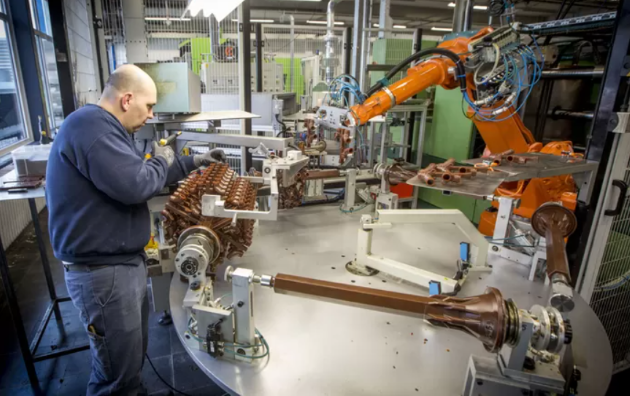Investment casting, also known as precision casting, is a manufacturing process used to produce intricate, high-precision metal parts. From aerospace and automotive components to intricate jewelry and dental fixtures, this centuries-old technique is continually being refined and improved. Now, with advancements in technology such as 3D molding and robotization, the investment casting industry is on the cusp of a significant transformation.
3D Molding Technology
One of the most transformative developments in the investment casting industry is the advent of 3D molding technology. Traditionally, creating the wax patterns used in investment casting has been a labor-intensive and time-consuming process. However, 3D printing technology has revolutionized this, allowing manufacturers to create intricate patterns quickly and accurately.
3D printed molds offer several advantages over traditional molds. First, they allow for rapid prototyping, as design changes can be made digitally and new molds printed in a matter of hours. This significantly speeds up the development cycle and allows for greater design flexibility. Furthermore, 3D printed molds can be more complex than traditional molds, enabling the casting of more intricate parts.
Robotization
Another trend shaking up the investment casting industry is robotization. Robots are being increasingly used to handle repetitive tasks such as pouring molten metal, removing castings from molds, and finishing and polishing castings.
The use of robots in investment casting improves efficiency, reduces human error, and can significantly increase productivity. Furthermore, robots can operate in conditions that may be hazardous for humans, such as high temperatures and the presence of molten metal. This not only enhances safety but also improves the overall quality and consistency of the castings.
Sustainable Practices
As industries worldwide are facing increasing pressure to become more sustainable, the investment casting industry is no exception. Manufacturers are looking for ways to reduce waste, conserve energy, and minimize their environmental footprint.
Many companies are now using recycled materials in their casting processes, and research is ongoing into how waste from the casting process can be further reduced. Additionally, there is a trend towards using more energy-efficient equipment and processes, which not only reduces environmental impact but can also lead to cost savings.
Quality Control
Investment casting has always required rigorous quality control, given the high-precision nature of the parts being produced. With advances in technology, quality control processes in the investment casting industry are becoming more sophisticated.
For instance, the use of advanced imaging technologies allows for more accurate and detailed inspection of castings. Similarly, digital technologies are being used to track and analyze every step of the casting process, providing unprecedented levels of quality assurance.
The future of the investment casting industry looks bright, with advances in technology driving improvements in efficiency, quality, and sustainability. As the industry continues to innovate and adapt, the possibilities for what can be achieved with investment casting are expanding. This is an exciting time for the industry, and it will be fascinating to see where these developments take us in the future.





